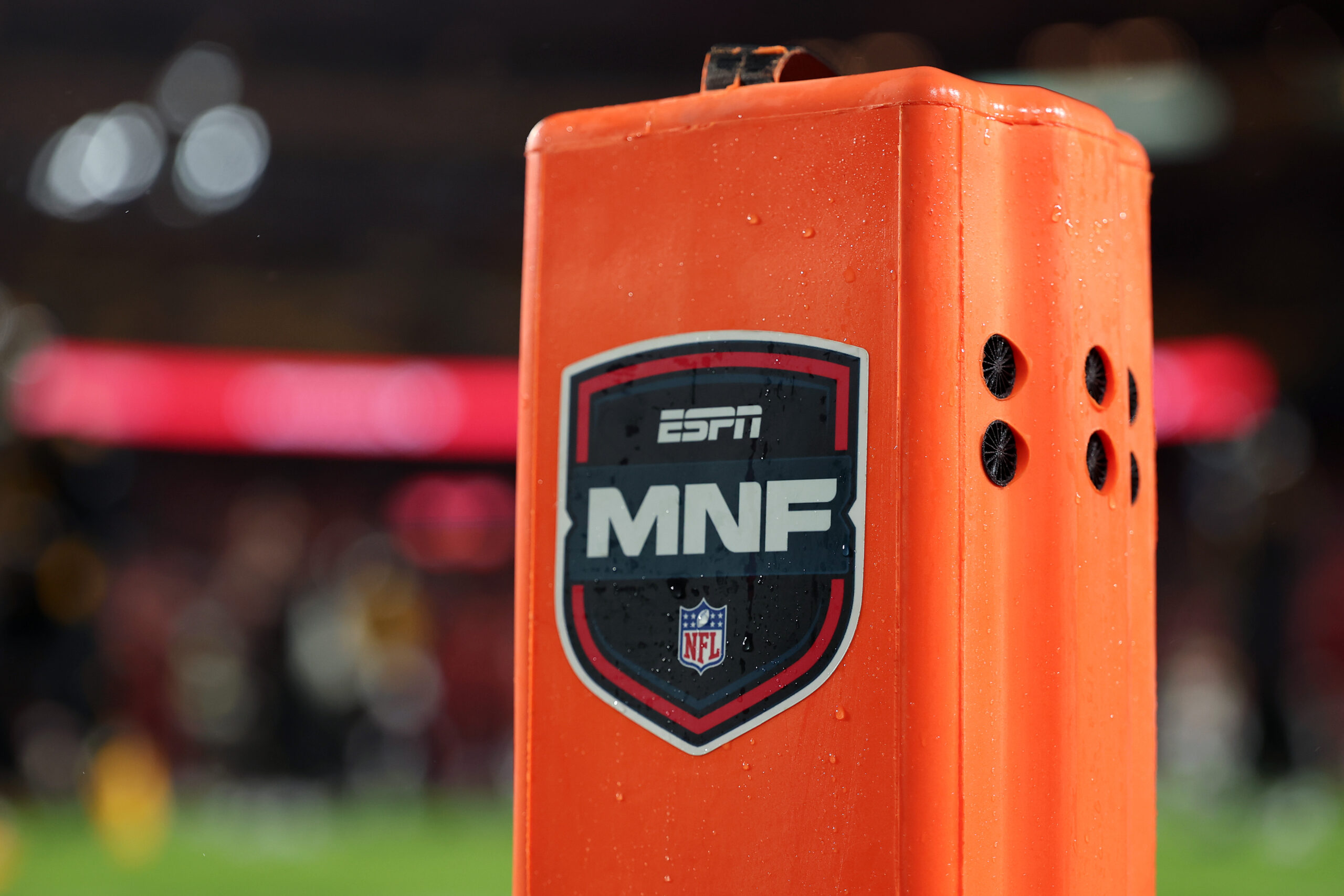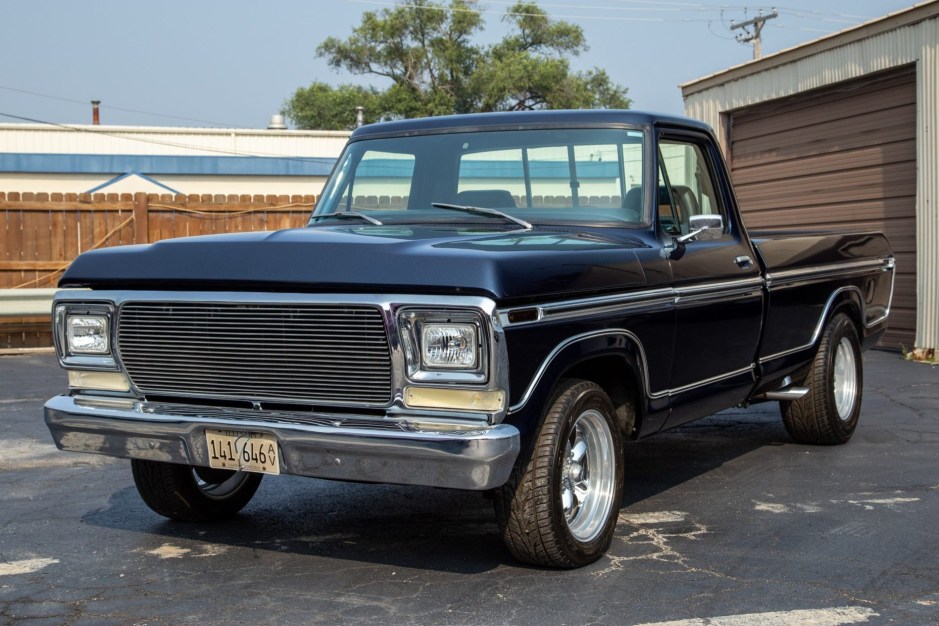As the Philadelphia Eagles and Green Bay Packers prepare for a hotly anticipated matchup, viewers on YouTube TV face frustration as ABC, ESPN, and other Disney networks remain dark due to an ongoing carriage dispute. The blackout has now lasted more than a week, marking a standoff between Disney and YouTube TV that shows no immediate signs of resolution.
YouTube TV, having rapidly grown into a dominant pay-TV player with 10 million subscribers just eight years after its launch, finds itself at the center of this high-profile conflict. The scale and prominence of both Disney and YouTube TV have made the blackout a frequent topic of discussion, coinciding with the backdrop of a similarly deadlocked U.S. government shutdown. Since last Friday, neither Disney nor YouTube TV has made any public statements regarding the dispute.
After another Saturday without college football on these networks, industry insiders are speculating — or perhaps hoping — that the upcoming Eagles-Packers game might be the catalyst for ending the stalemate. Sources familiar with the negotiations told Deadline that YouTube TV submitted a revised proposal to Disney over the weekend. Discussions continue, but both parties have declined to comment.
In an attempt to appease its customers, YouTube TV plans to start issuing a $20 credit to subscribers starting today, according to sources. Notably, the dispute has now reached the 10-day mark, a milestone that echoes a prior 2023 conflict. That previous blackout involving Disney networks on Charter’s Spectrum systems was resolved on the same day as Monday Night Football’s season opener.
Ratings have already been impacted. Last week’s Monday Night Football game between the Dallas Cowboys and Arizona Cardinals saw a 21% drop from the same week in 2024, a decline largely attributed to the carriage impasse. Given YouTube TV’s strong sports viewership — bolstered by exclusive rights to NFL Sunday Ticket and the innovative “Multiview” feature allowing fans to watch multiple games simultaneously — the blackout’s effects are keenly felt among sports fans.
There are still ways for YouTube TV subscribers to watch the game. It is accessible on mobile devices for NFL+ subscribers, the league’s own subscription service. Additionally, as Monday Night Football games on ESPN are simulcast on ABC, viewers with an antenna can receive the broadcast over the air, free of charge. However, research varies on how many households actually use this option; Nielsen estimates about 18%, while a 2025 study by Horowitz Research places that number closer to 32%.
Another alternative is to sign up for ESPN’s revamped streaming app, which offers a full suite of linear networks and serves as a strategic hedge against cord-cutting. Since its launch on August 21 through September 30, the service attracted 2.1 million subscribers, according to research firm Antenna, and the subscriber base has presumably grown since. A recent Apptopia study analyzing consumer behavior since the carriage fight began found that YouTube TV rivals such as DirecTV, Hulu+ Live TV, and Fubo have equally benefited from subscribers leaving YouTube TV.
“Disney has a much different portfolio now than they did with their last couple of disputes,” said a veteran pay-TV executive in an interview with Deadline. “They have the ESPN app and they also control Fubo and can combine that with Hulu + Live TV. They’re a major programmer, but they’re also a distributor themselves. I have to think that’s a factor in this negotiation.”
Indeed, Disney’s acquisition of 70% ownership in Fubo, announced on the eve of the YouTube TV blackout deadline, has significant implications. While Fubo continues to operate as a separate service, many of its business functions are now merged with Hulu Live. Together, Fubo and Hulu Live account for approximately six million subscribers, making them the sixth-largest pay-TV operator in the U.S.
Disney maintains that the core issue is “fair market value” for its networks, insisting the dispute is not about leverage or market dominance. After a YouTube executive suggested that Disney was using Fubo and Hulu Live as negotiation leverage, Disney strongly denied the claim and accused YouTube of “intentionally misrepresenting the situation.”
The stakes remain high. YouTube TV currently ranks as the third or fourth largest pay-TV provider in the U.S., depending on which data you reference. Industry insiders and analysts expect YouTube TV to soon ascend to the No. 1 spot as traditional cable providers like Comcast and Charter continue to decline, along with satellite services DirecTV and Dish.
However, large-scale defections from YouTube TV may go unnoticed by the public, as corporate parent Alphabet only selectively releases subscriber numbers for the service. Earlier in 2024, YouTube TV reported surpassing eight million subscribers, and recent carriage disputes with NBCUniversal, Fox Corp., and Paramount — all resolved without blackouts — suggest the current number stands around 10 million.
Even before the blackout, two price increases in less than two years led to approximately 500,000 subscriber cancellations, according to industry analyst Craig Moffett’s estimate from June.
If the standoff persists and the Eagles-Packers game remains unavailable to YouTube TV users, the next marquee programming at risk is the popular competition series Dancing with the Stars on Tuesday. The show streams live on Disney+, offering at least one option outside the YouTube TV bundle. However, fans have expressed frustration with Disney+ streams recently, citing glitches and issues with features like subtitling.
As negotiations continue, viewers and industry watchers alike remain hopeful that a resolution will be reached soon, restoring full access to Disney’s networks on YouTube TV and ending the blackout that has disrupted sports and entertainment programming for millions.
https://deadline.com/2025/11/youtube-tv-disney-blackout-monday-night-football-1236612102/


